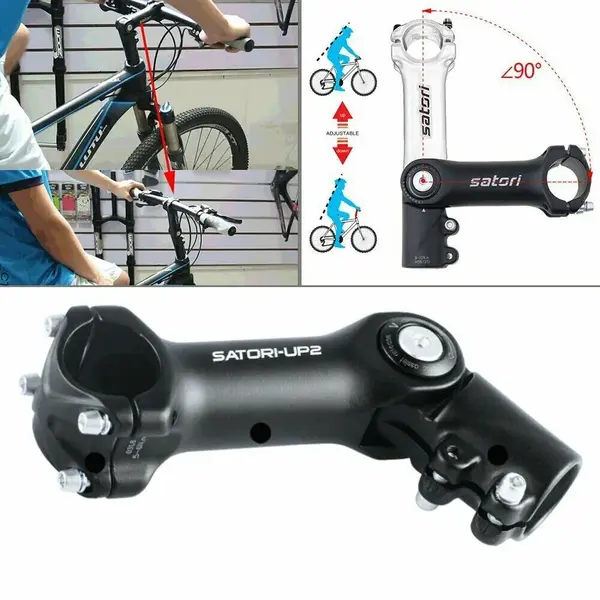Graham JW and THM:
Agree with all this you said....
*If the ride has lots of short very steep technical climbs, I chose a bike that is good when climbing out of the-saddle.
*If its very muddy. I choose a bike with the best rear combination of rear wheel traction and large mud clearances.
*If the ride has some insanely steep down-hills, I chose the bike that is least likely to unexpectedly send me over the handlebars.
*And when the terrain is varied, I choose a 'Jack of all trades, master of none bike.
The phrase 'horses for courses' comes to mind.
And would add that there's something fundamental boiling in the hardtail scene in the UK - the 29er from a UK manufacturer which I built last september is exceptional climbing in and out of the saddle. I have some reference climbs, based on going up them over a 30+ year period, on Team Marins, Oranges and various bits of US esoterica. Head angle of 65.5 combined with 42 offset forks and 35mm stem, with its tight rear triangle this things will waltz up steeps which were touch and go on the older bikes. It was lying in the grass at Itford Hill this weekend and someone jumped on it - and with 30T up front and 42 on the rear it just inched up the footpath that goes straight up the hill. Much grinning '...boy this thing can climb...' he said. Then, on the downhill side of the ups, the bike excels at your criterion 3.
And then I thought about your comment THM:
Maybe there’s not much chatter on here about it because most are experienced and know theirs.
I thought this a few years ago, and was nonplussed by some of the emerging bikes. But then I built one new hardtail up and it simply stood head and shoulders above any bike in the stable. I really did feel that I had put 30 years of building into my experience and knew what was what, for me and for others who asked me to do a build for them. I did like what I knew, and I knew what I liked. But I didn't know enough about what radical designers were doing. It was when I started to dabble and use demo sessions that the qualities of the new designs became more obvious. It's true that, overall, there has been a tendency to produce bikes which are good for one thing and not for others. But that's changing. I have lightweight FS builds which go up the reference climbs like goats, yet descend like DH bikes - the Transition Sentinel and Patrol definitely fall into this category. Without silly expense, they are 28lb builds. But my standout modern bike is a hardtail, which is nice.
Does this mean I don't have any place in my heart for anything retro. Not a bit. I love them, and will do a retro build whenever it takes my fancy...
